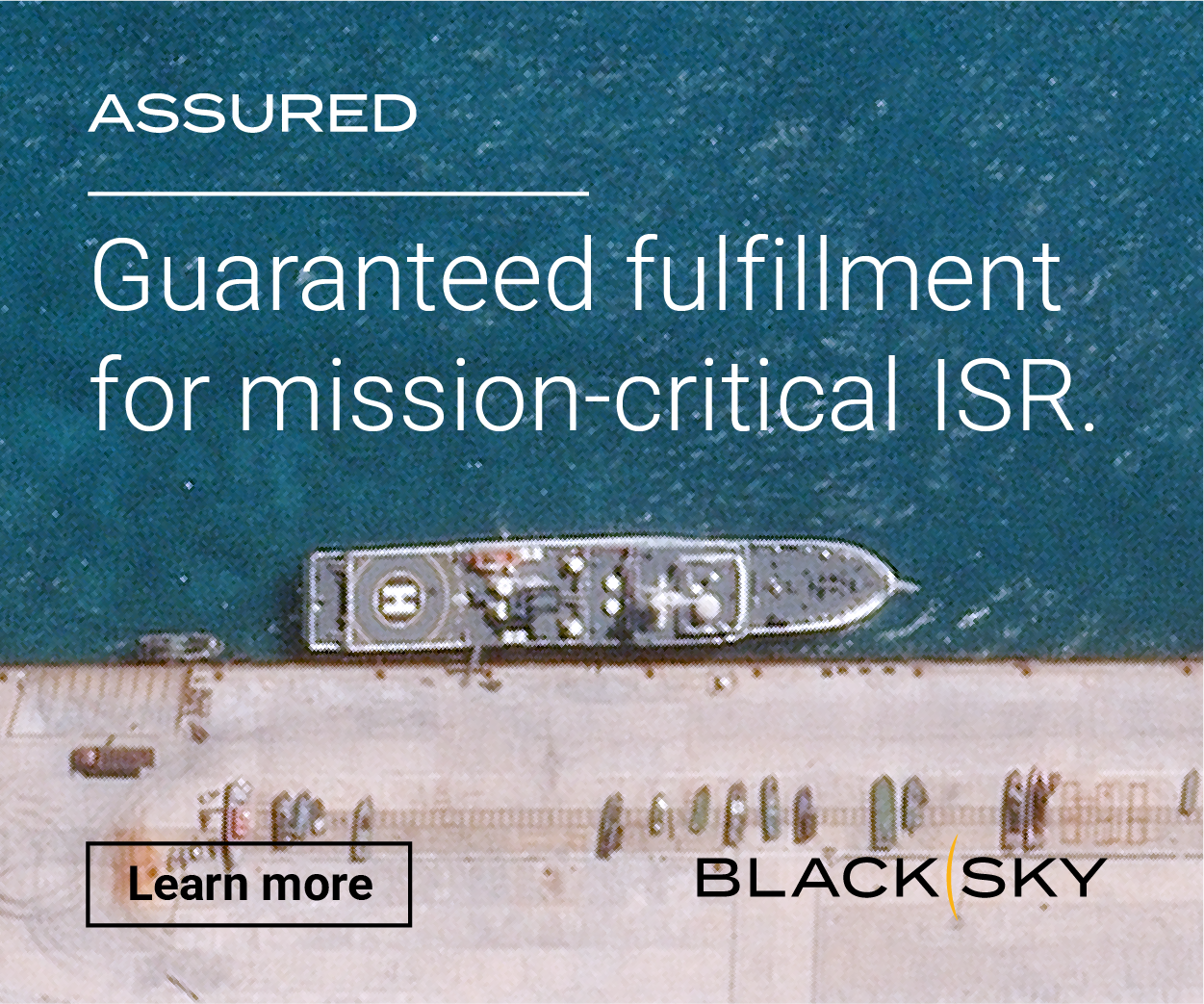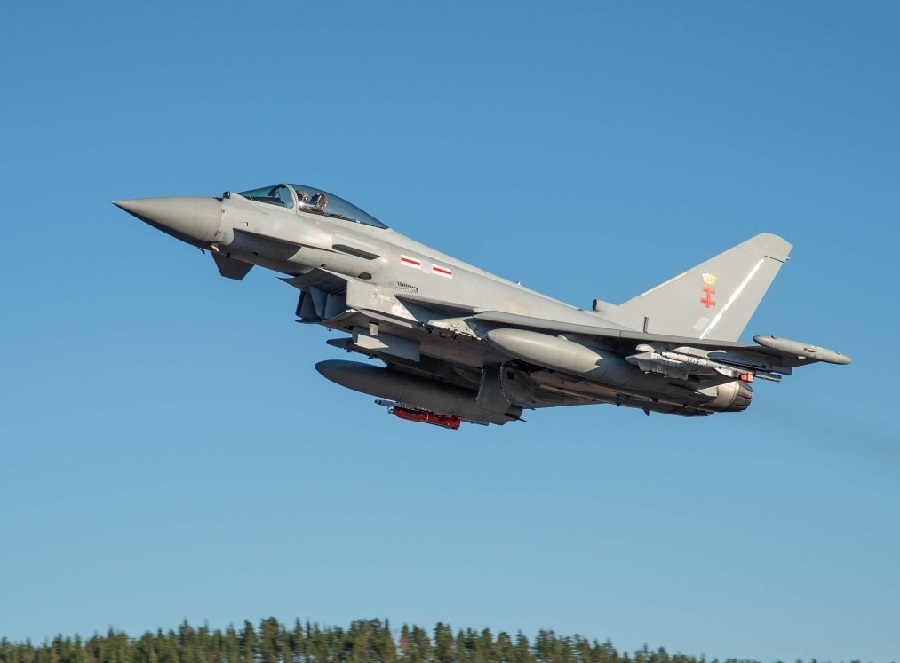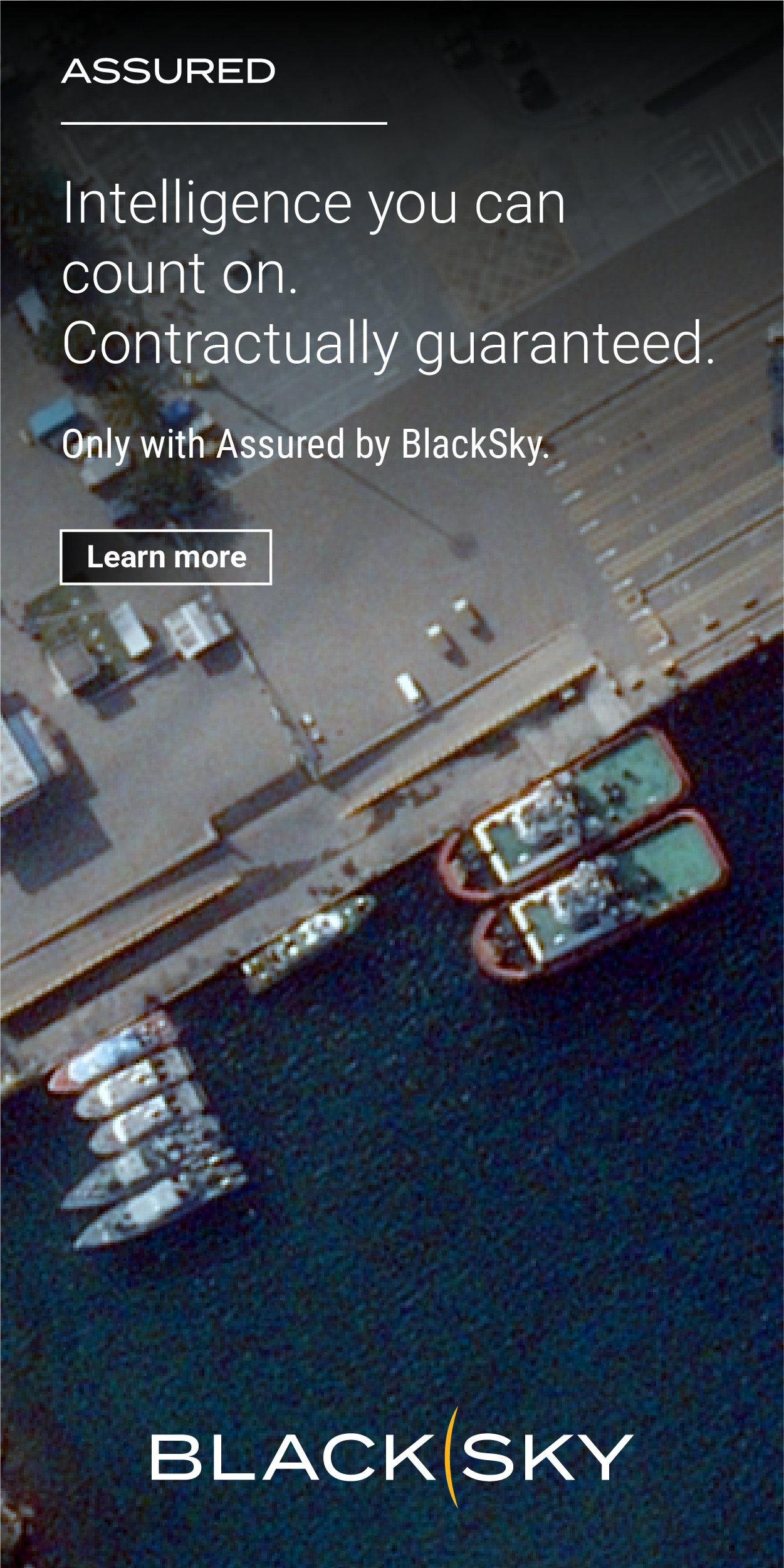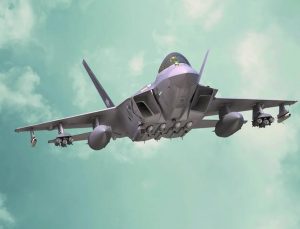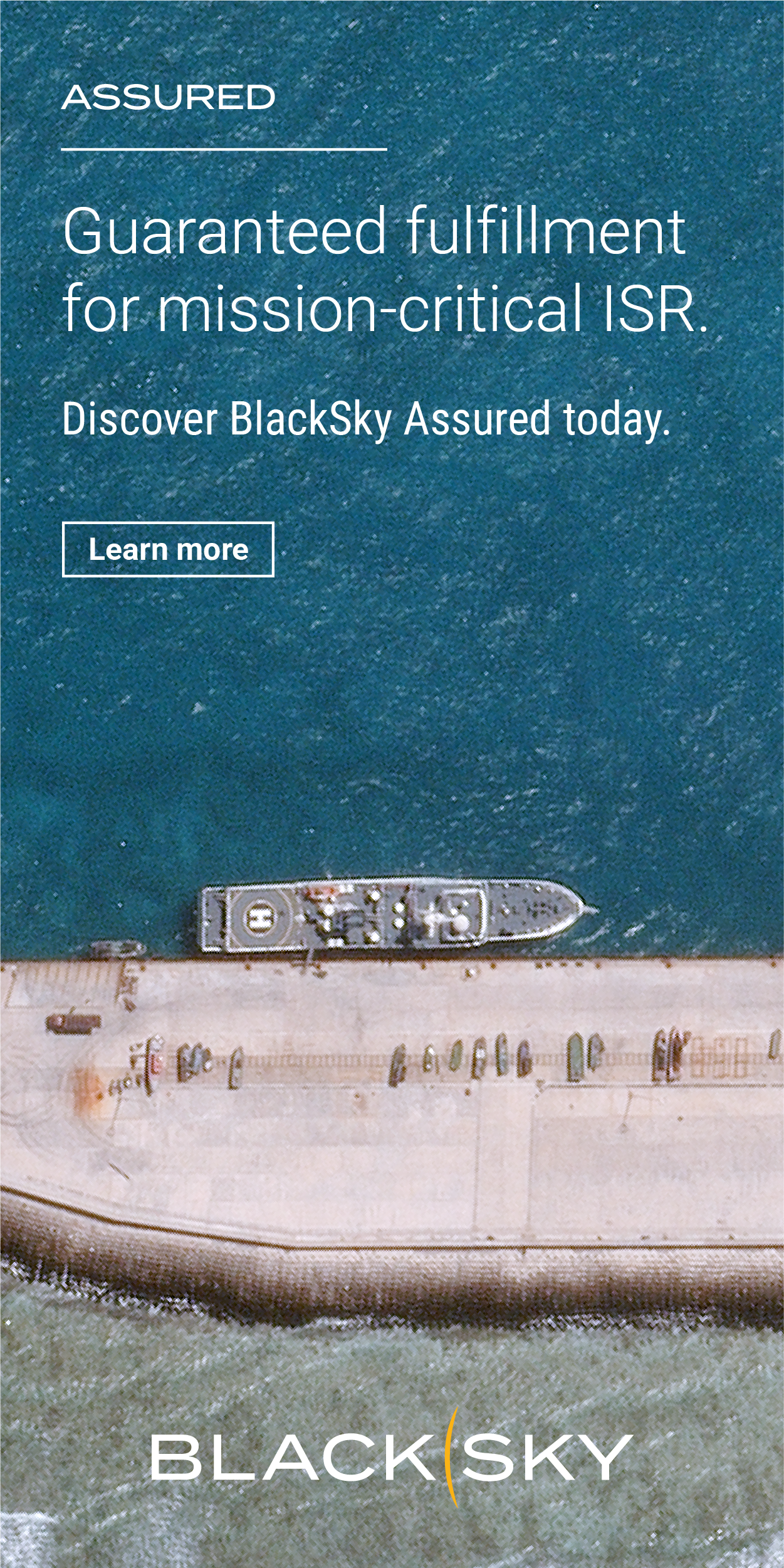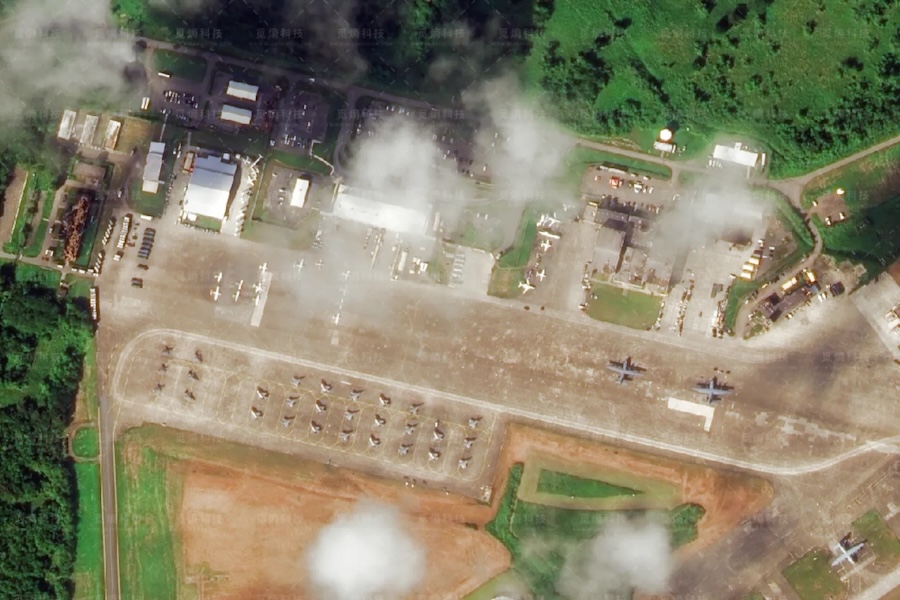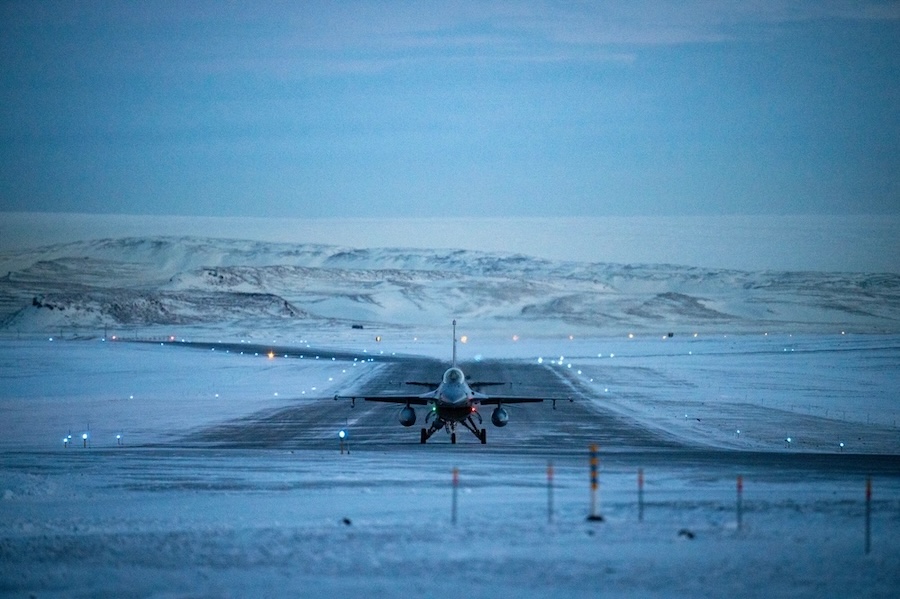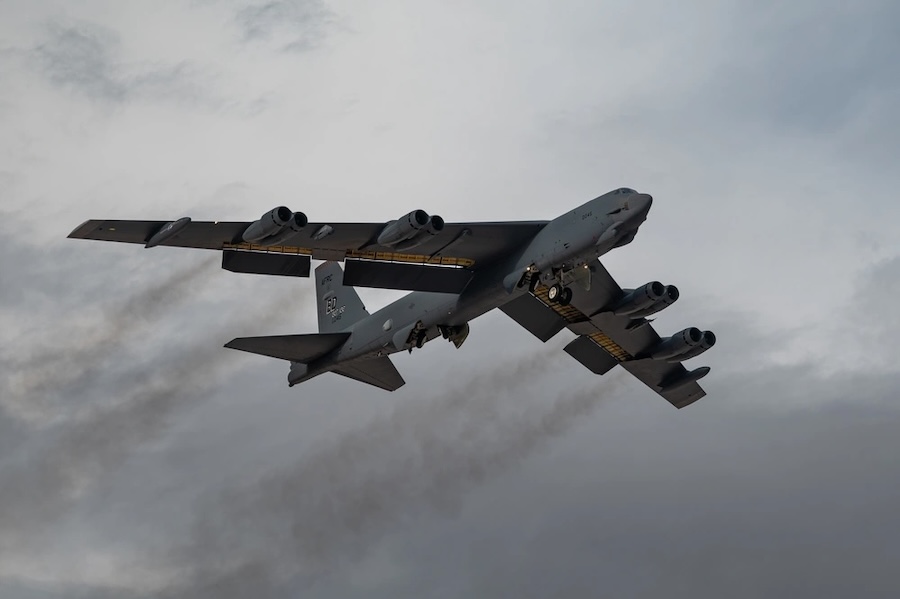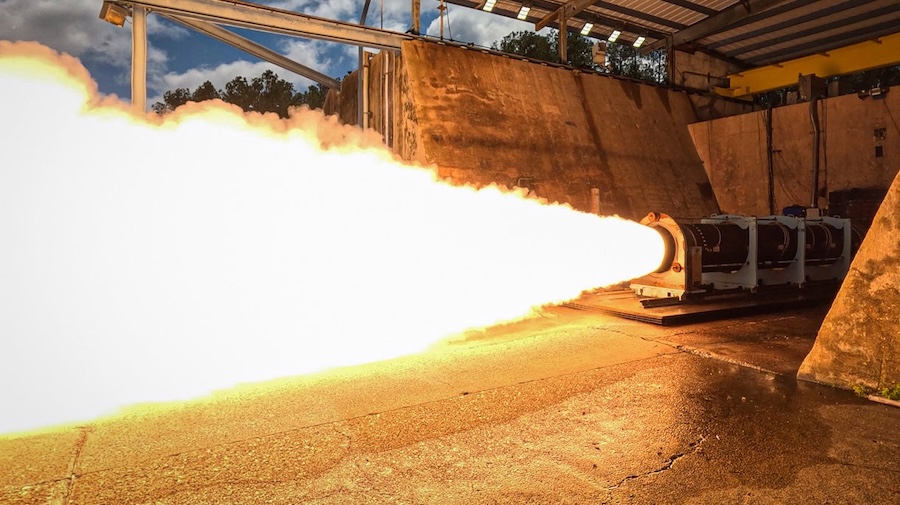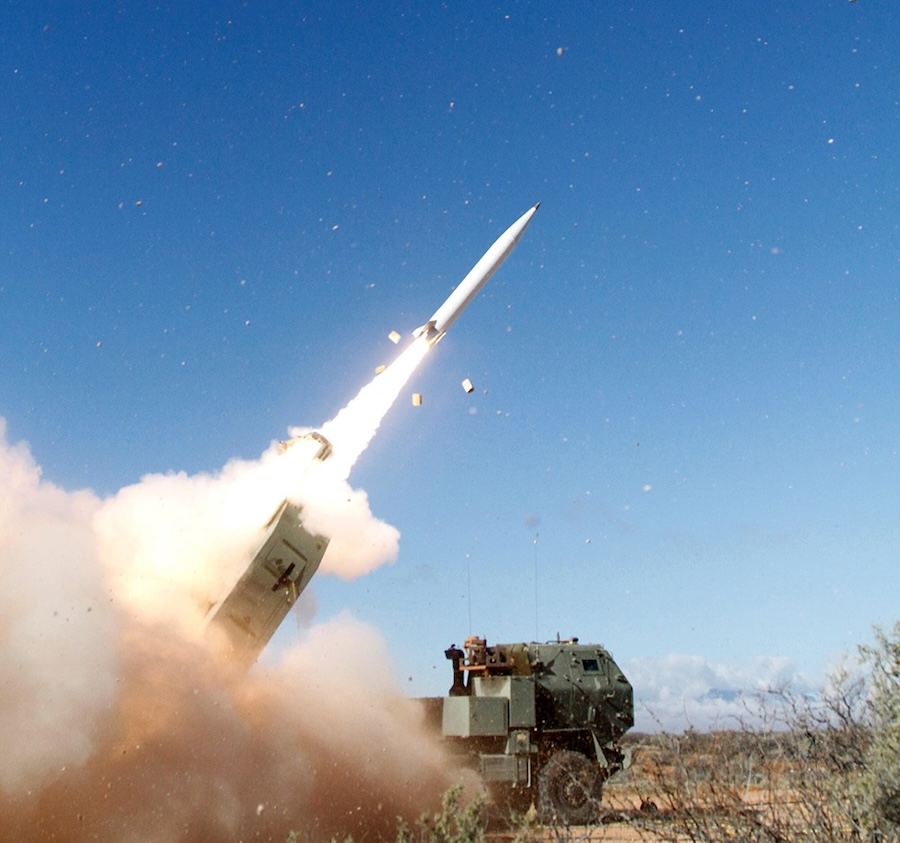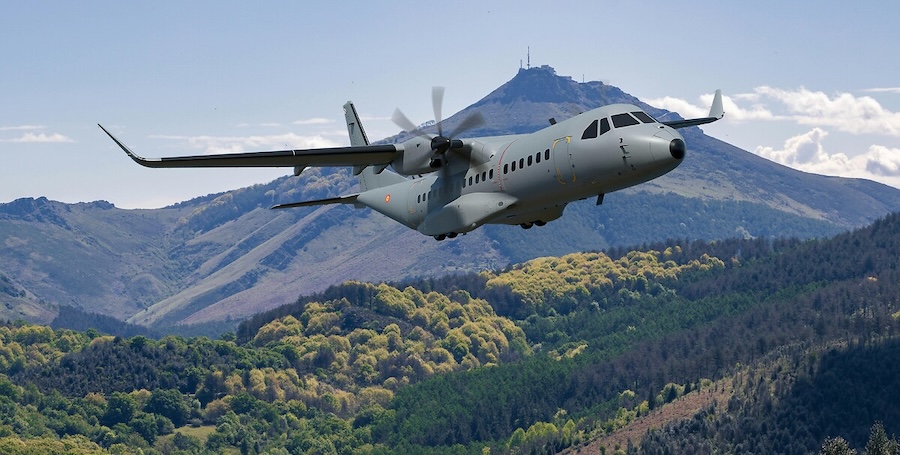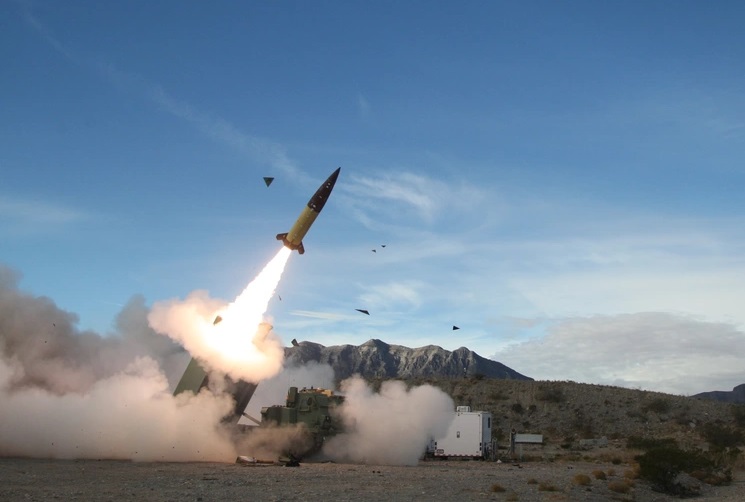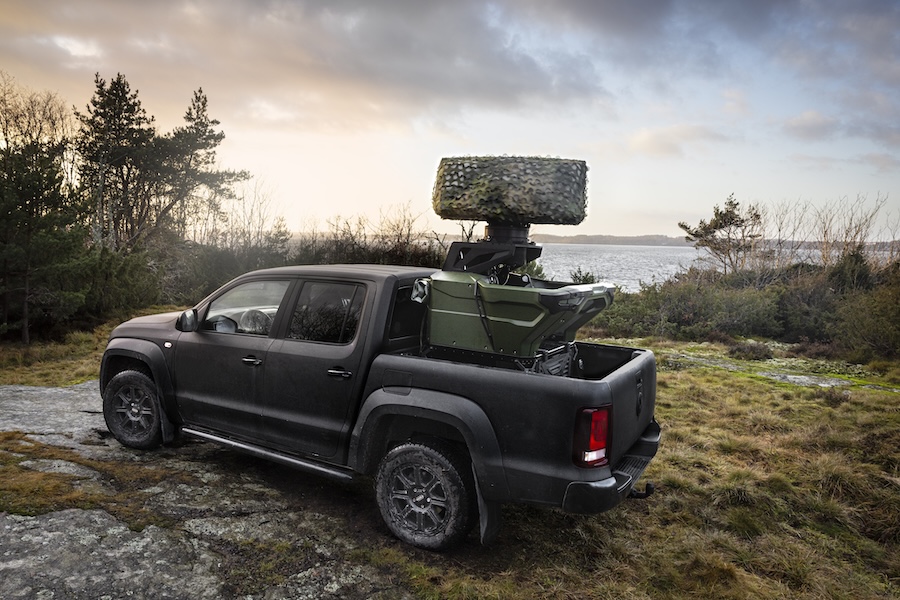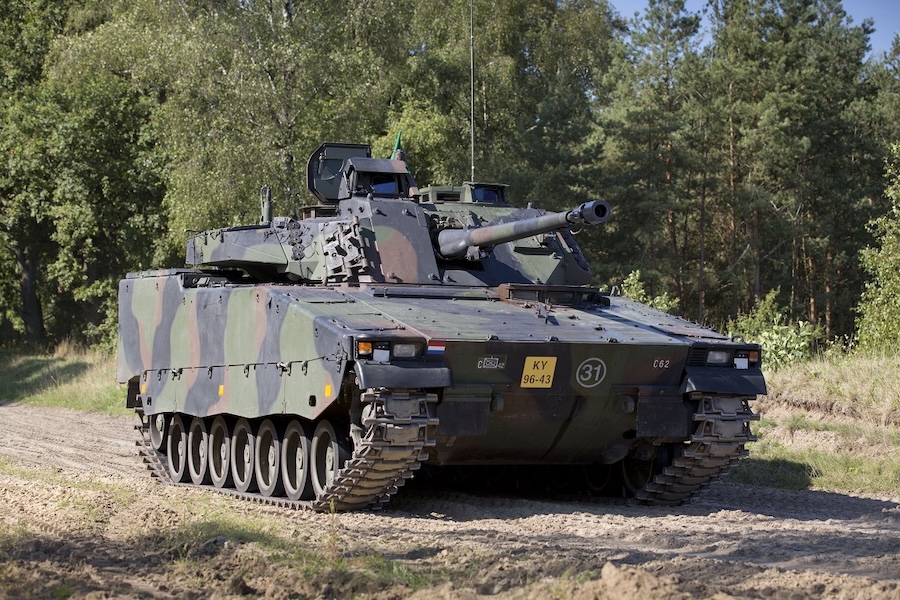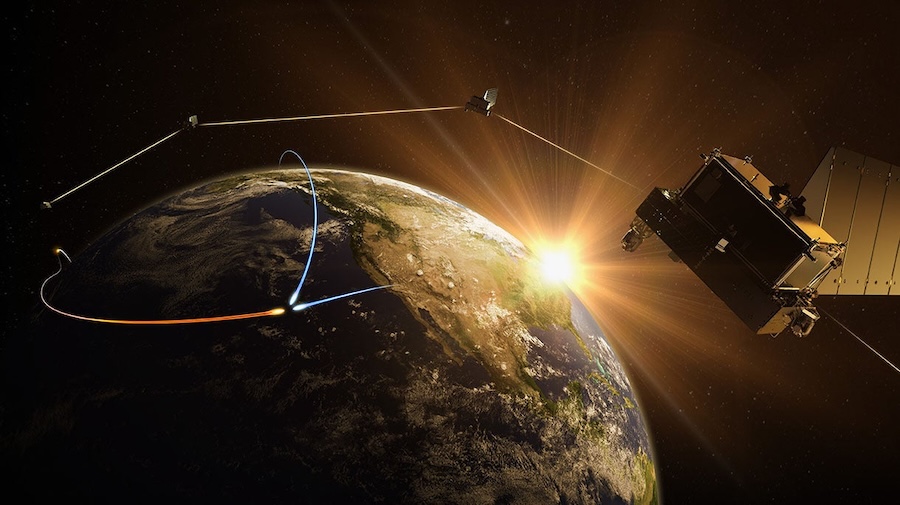The test was conducted at the Vidsel test range in Sweden, with BAE Systems engineers, a test pilot, and a joint team from the UK Ministry of Defence (MoD) and industry experts. This marked the first instance of the SPEAR missile being fired against a target, showcasing its potential as a next-generation strike weapon.
Read more: RAF and Royal Navy achieve milestone with successful SPEAR cruise missile trial
SPEAR, a turbojet-powered miniature cruise missile, can strike targets up to 100km away. It is designed to engage a diverse range of threats, including air defences, ships, tanks, fortified structures, and fast-moving vehicles.
In the trial, the missile autonomously navigated to its target, using its advanced all-weather radar seeker and radio-frequency imaging technology for precise engagement. The test employed a telemetry unit in place of a live warhead to collect critical data on the missile’s performance.
The trial successfully demonstrated the missile’s release, long-range flight control, and data collection after a high-altitude, high-speed release. This achievement represents a critical step in the SPEAR programme’s development.
Chris Moon, UK Delivery Director for Typhoon Capability at BAE Systems, praised the collaboration behind the trial: “This successful firing from Typhoon is the result of hard work and outstanding collaboration between MBDA, the MoD, and BAE Systems personnel over many months.”
He added, “We now look forward to the next phase of SPEAR trials, as well as delivering the testing of many other world-leading capabilities in support of the RAF Typhoon Force.”
Once operational, SPEAR will enhance the Royal Navy and RAF’s strike capabilities, further solidifying the Eurofighter Typhoon as a cornerstone of UK defence.

